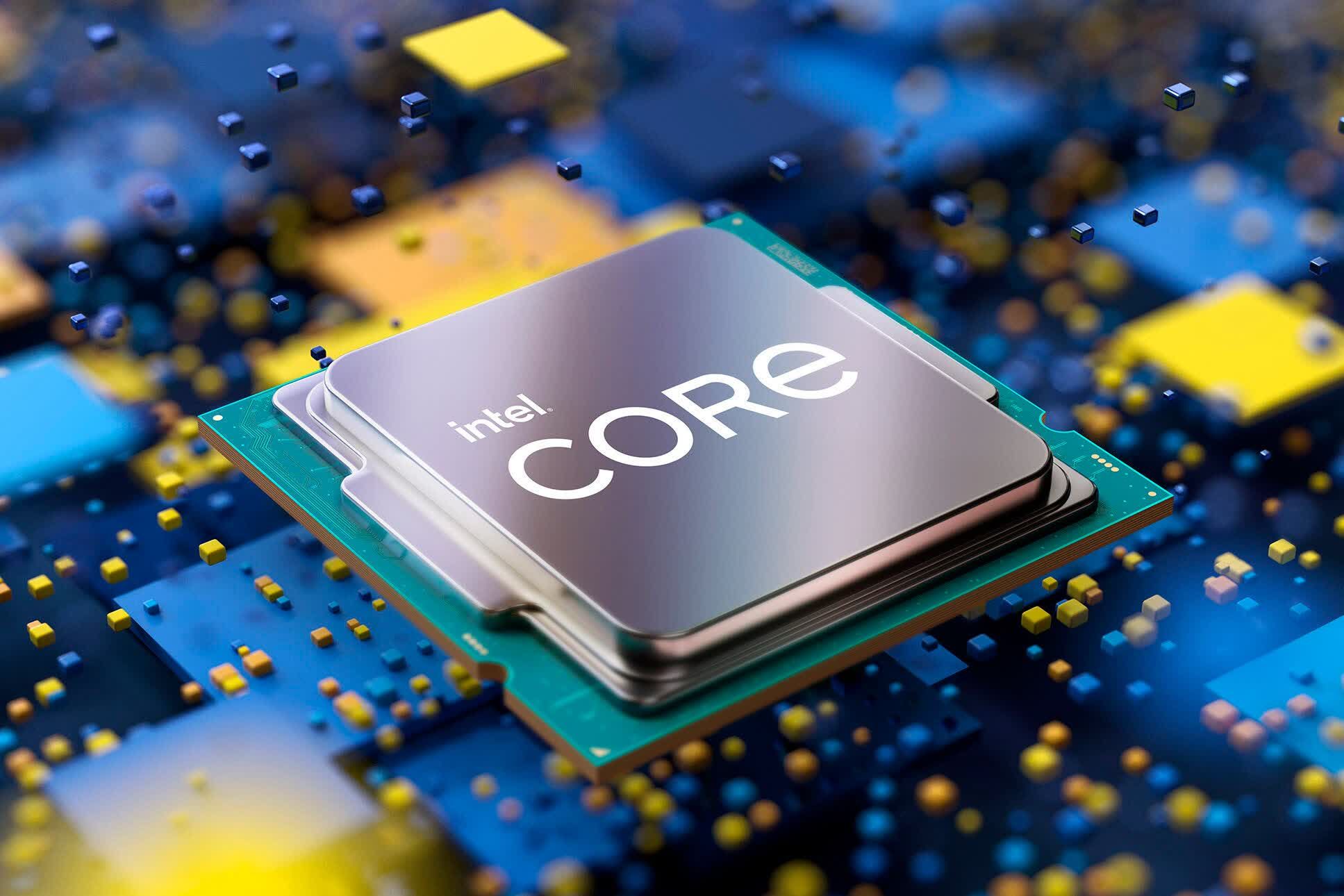Intel Raptor Lake Refresh processors to land in Q4, followed by Arrow Lake-S a year later
What just happened? A reliable leaker has just revealed Intel's CPU launch schedule for the next couple of years. On the desktop side, Team Blue will reportedly release a simple refresh of its current Raptor Lake lineup towards the end of the year, while the more-impressive Arrow Lake series will arrive about a year after that.
Intel will supposedly release its unlocked Raptor Lake Refresh processors in October, with non-K SKUs following suit sometime before the end of the year. According to another leaker, the company will market these as the 14th-gen Core series, meaning that it will keep the iconic "i" branding for another year.
When it comes to improvements, most of the lineup will likely receive a bump in core counts, while the flagship Core i9-14900K will be limited to minor (if any) IPC gains and slightly higher clock speeds. The leaker even talks about an engineering sample with eight P-cores and twelve E-cores, which will likely end up as an i7 SKU.
While this is just a rumor, ECSM has a good track record when it comes to these things, having even posted a comprehensive review of the Core i9-13900K a month before embargos lifted.
The upside of this relatively-unexciting refresh is that it will still support the LGA 1700 platform, giving Alder Lake and Raptor Lake users an easy upgrade path. Indeed, motherboard manufacturers have already begun releasing BIOS updates for 600- and 700-series motherboards mentioning improved compatibility for next-gen processors.
Also launching in the fourth quarter are Intel's Meteor Lake mobile CPUs, which will use the new 'Core Ultra' branding. The report confirms previous rumors that the desktop Meteor Lake-S lineup has been completely canceled.
Related reading: The Best CPUs - 2023 Update
Finally, we get some new details about the successor to the aforementioned Raptor Lake Refresh desktop series. Arrow Lake-S chips should arrive either in the fourth quarter of next year or early 2025 and will require new LGA 1851 motherboards.
The leaker claims that the top-end SKU will again be limited to a configuration of eight P-cores and sixteen E-cores. However, the new microarchitectures should deliver a sizeable performance uplift. Additionally, the company is said to be struggling with the yields of the Intel 20A process, forcing it to switch to TSMC's N3 node for the compute tiles of higher-end processors.
Source: TechSpot


